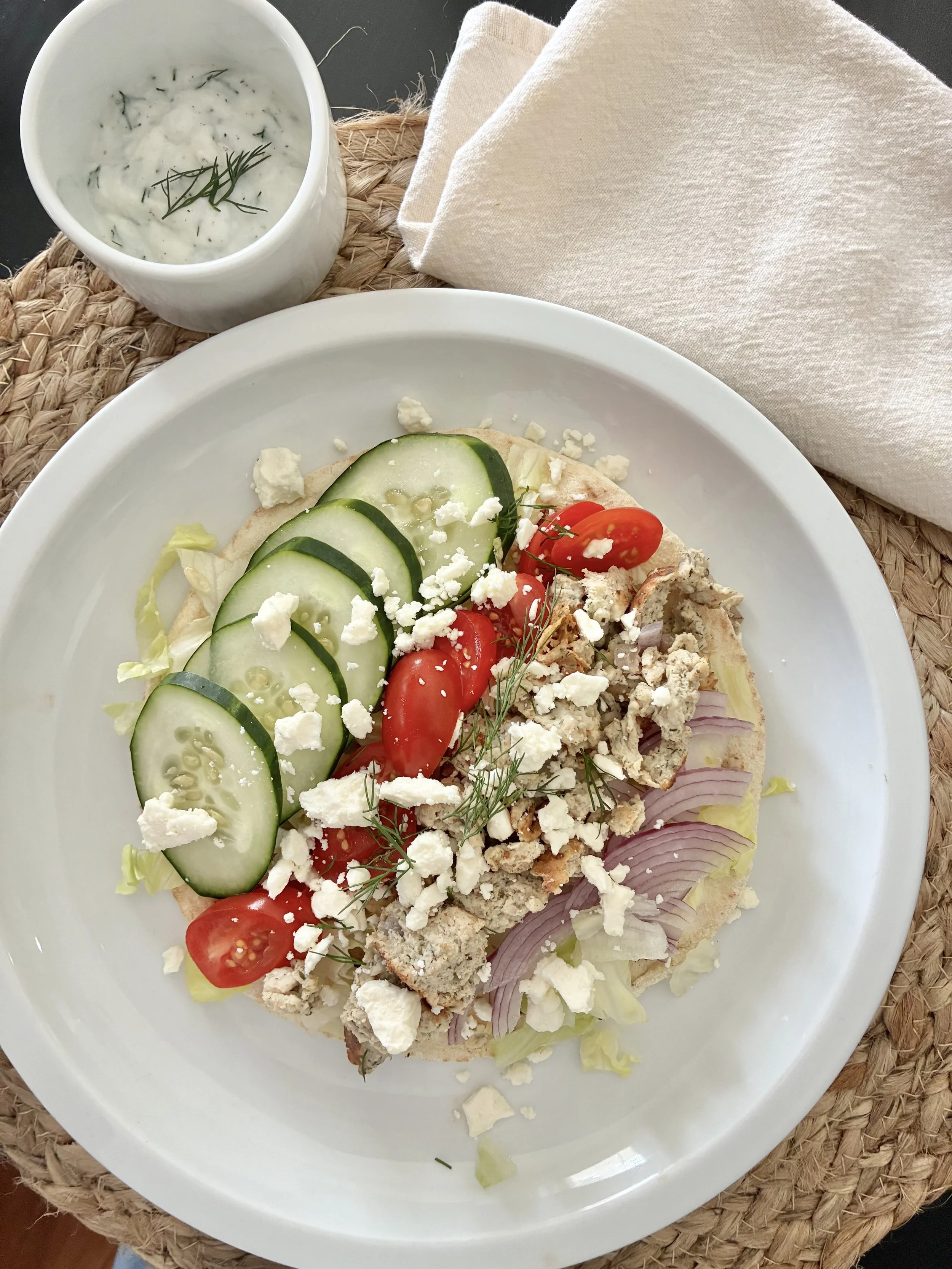Exercise Intensity and Your Metabolism
/Does Intensity Affect Your Metabolism?
Written by Margot Rutigliano
So you’re working out… but are you working out hard enough to get the results you want?
I’ll be the first to admit—I’ve had workouts where I just went through the motions, hoping for results I didn’t quite earn. The truth is, intensity is one of the most important factors in your workouts—not just for building strength and endurance, but also for revving up your metabolism and helping you maintain a lean, strong body.
As you read this, think about your current workouts. Be honest with yourself—are you really pushing at a challenging enough level?
Why Intensity Matters for Your Metabolism
Research shows that, on average, people experience a 2–4% decline in their resting metabolic rate with each decade after the age of 25. Add in the fact that most adults lose about 5 pounds of muscle mass per decade, and you can see why so many people feel like their metabolism “slows down” as they age.
Here’s the good news: You can fight back against this decline. High-intensity exercise helps preserve muscle mass, maintain strength, and keep your metabolism running more efficiently. Without it, muscle loss happens faster—and so does that slow, sneaky metabolic drop.
What Qualifies as “Intense” Exercise?
Intensity isn’t about doing a specific exercise—it’s about how hard you’re working during that exercise.
That being said, here are some great ways to bring the intensity:
Strength training (weights, resistance bands, or bodyweight)
Interval training with running, cycling, rowing, or stair climbing
Resistance circuits that combine multiple moves back-to-back
Bodyweight circuits like push-ups, lunges, and planks
Plyometrics (burpees, squat jumps, jumping jacks)
Kettlebell workouts for strength and cardio in one
Strongman-style training (tire flips, farmer carries, sled pushes)
Medicine ball slams or throws for explosive power
In short: If it works multiple muscle groups and gets your heart rate close to its maximum, it’s probably intense.
How Intensity Impacts Your Body
When you work out at a high intensity, your muscles are overloaded in the best way possible. This triggers your body to:
Increase protein turnover and muscle building
Improve cardiovascular endurance
Burn more calories both during and after your workout
That last part is key—because intense exercise creates something called EPOC (Excess Post-Exercise Oxygen Consumption), also known as the afterburn effect.
The “Afterburn” Effect
Here’s where high-intensity exercise really shines.
Low-intensity cardio might give you a few extra minutes of calorie burn after your workout. But high-intensity exercise can keep your metabolism elevated for 6 to 48 hours, depending on how hard you go.
That means you’re burning more calories (and often more fat) not just during your workout—but for hours or even days afterward.
And over time? The more muscle you build or preserve, the more calories your body will burn at rest, making it easier to maintain a healthy weight without feeling like you have to constantly “diet.”
The Right Balance
Now, before you start sprinting every single day, remember: Intensity is powerful, but recovery matters too.
You don’t need every workout to be high intensity. In fact, the best fitness routines—like those in the Balanced Body Program—combine:
High-intensity workouts to boost metabolism and strength
Moderate or low-intensity movement for recovery, mobility, and stress relief
Strength training to protect lean muscle mass
Mind-body practices to keep your energy and focus high
This combination helps you avoid burnout, reduce the risk of injury, and keep your metabolism humming for the long term.
High-Intensity Workout to Try
Grab an exercise mat, timer, and water, then try this metabolism-boosting circuit.
Warm-Up (3–7 minutes) – dynamic stretches, light cardio
Circuit – 30 seconds work / 20 seconds active rest:
Squat Jumps
Burpees
Ski Jumps
Sprint (30–60 seconds)
Repeat the circuit 3–5 times depending on your fitness level.
Cool Down (3–7 minutes) – walking, stretching, deep breathing
Keep Going: Your Next Steps
If you’re ready to explore more, here are a few resources to keep the momentum going:
📌 Related Posts
✓ Done-for-You Guides
Resistance Band Bundle + 4 Week Plan → done for you program with everything you need
Mediterranean Diet Refresh → complete program with meal plans, weight loss customization & more





















